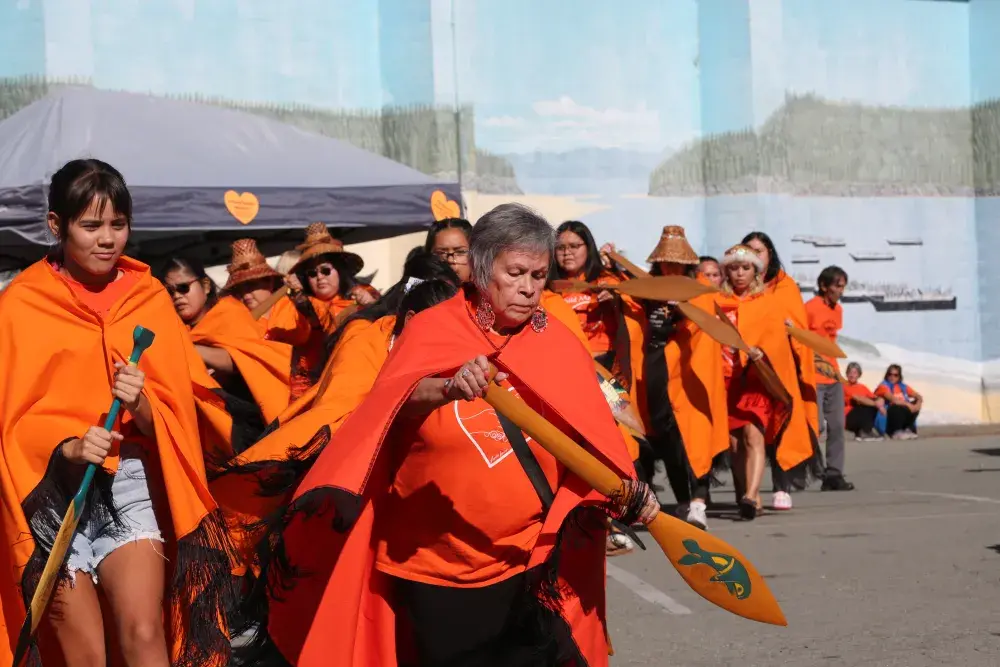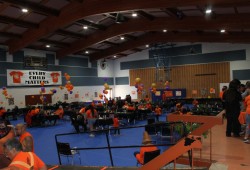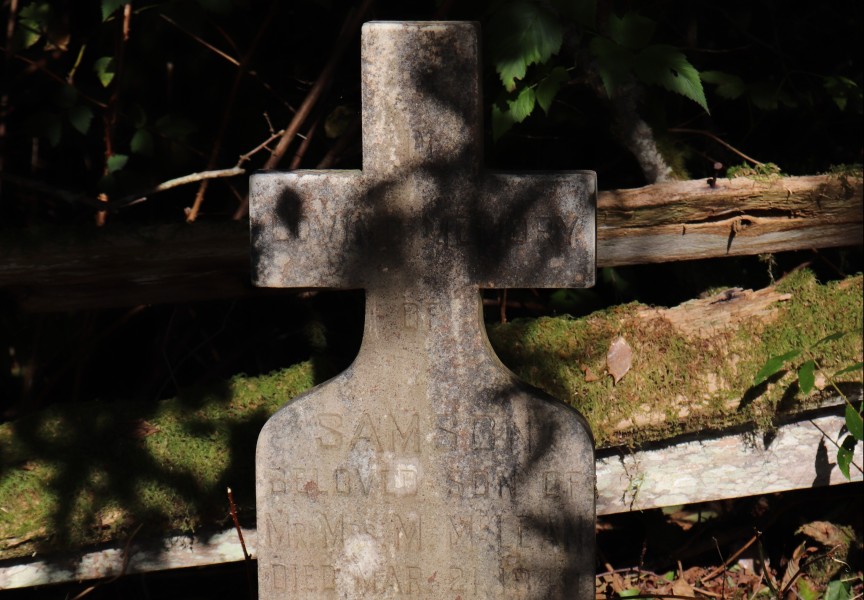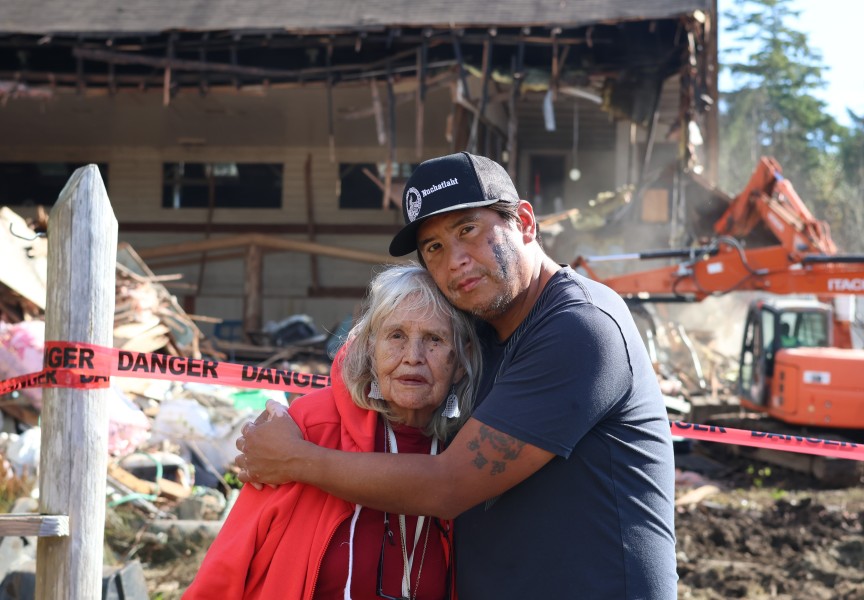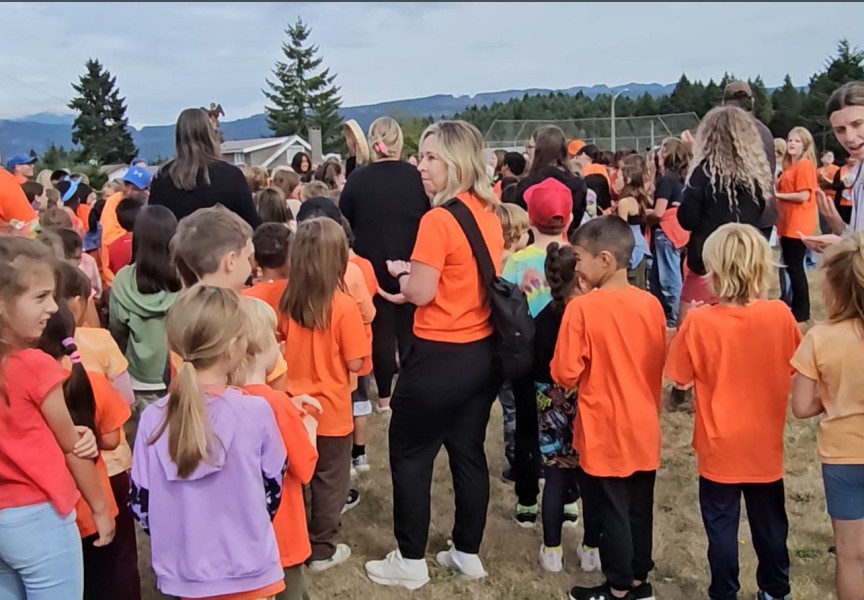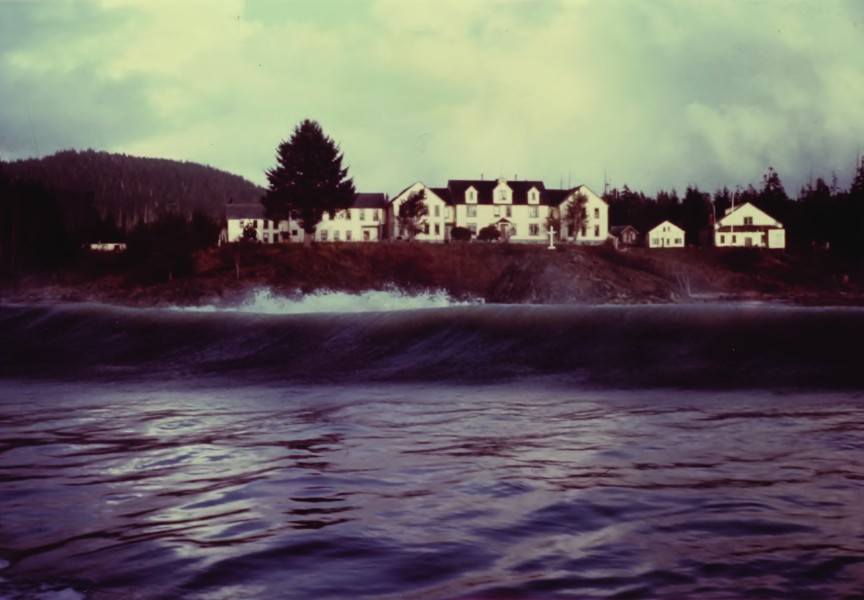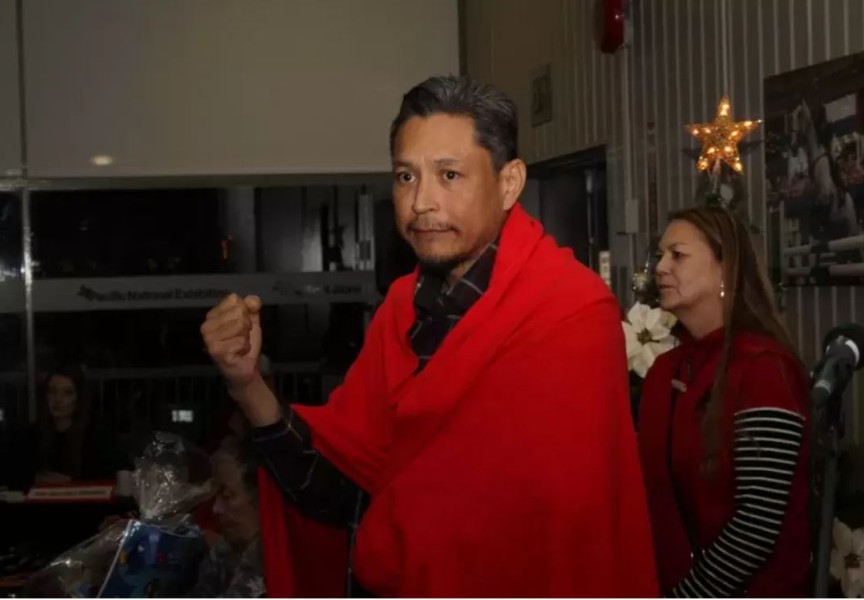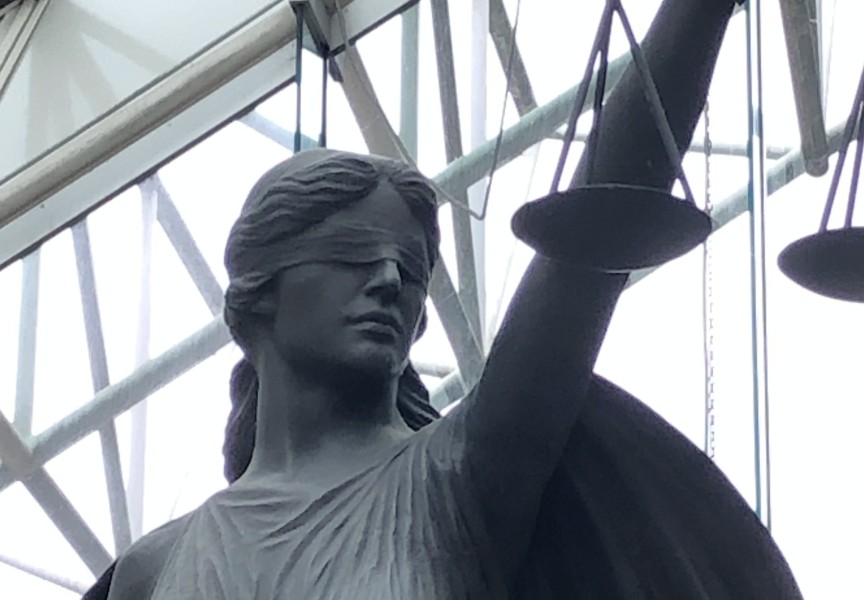Tseshaht has voted to demolish Maht Mah’s gymnasium, one of two remaining Alberni Indian Residential School (AIRS) buildings, if the First Nation can secure federal funding to build a new multi-use community facility.
“Culturally and sports and community wise, [Maht Mah’s has] been a hub, not just for Tseshaht, but many Nuu-chah-nulth,” said Tseshaht Chief Councillor Ken Watts. “But I think people do realize that… the shelf life of it, and just the things that are falling apart on it now are pretty substantial and costly.”
Tseshaht members voted to tear down the facility at a meeting the First Nation held in early October, where there was more than the minimum quorum of 25 present.
“You can only band-aid something so much, right, and try to wrap it in a new color, but at the end of the day, it's still part of the residential school,” added Watts. “Ultimately, the communications from our membership was really, ‘Hey, this building’s falling apart, and we need a new one’.”
In 2021, a few months after burials of 215 children were detected at the former residential school site in Kamloops, the federal government announced $100.1 million in funding for First Nation communities across the country to “address on-reserve school buildings and associated sites that were once used for residential schools”. The funding includes community engagement, site clean-up and remediation, demolitions, replacements and renovations.
Watts estimates the construction of the new facility will amount to “well over $25 million”.
“Before we even dove into this too deep, [we] actually applied to the federal government's Green and Inclusive [Community Buildings] funding,” said Watts. “If that means cost sharing between that residential school fund and this [Green and Inclusive Community Buildings], we're happy to do that as well.”
Moving forward, Tseshaht will finalize the feasibility, location and design of the new facility alongside securing the funding, shared Watts.
Canada, said Watts, has committed in writing to the demolition of Caldwell Hall, another former AIRS building currently utilized by the Nuu-chah-nulth Tribal Council and Tseshaht community.
He foresees a similar ceremonial demolition to that of Peak Hall, a former AIRS dormitory that was utilized by the Tseshaht administration until 2007.
“If [Canada] can afford to build these buildings and run them in our territory for all the years they did… [as] residential school buildings, [they] can afford to tear them down and help us build new and heal from what happened here,” said Watts.
Watts hopes that when survivors can come back to Tseshaht territory these new facilities can help with their healing.
“Being able to attend a potlatch in a whole new gymnasium that isn’t a part of the residential school, hopefully that’ll help with their healing as well,” said Watts.
“One of the best ways [of] us healing is actually in those events, and in those gatherings in our gym now - to get a new one would only help healing of not just Tseshaht, but all Nuu-chah-nulth,” said Watts, quoting councillor Ed Ross.

